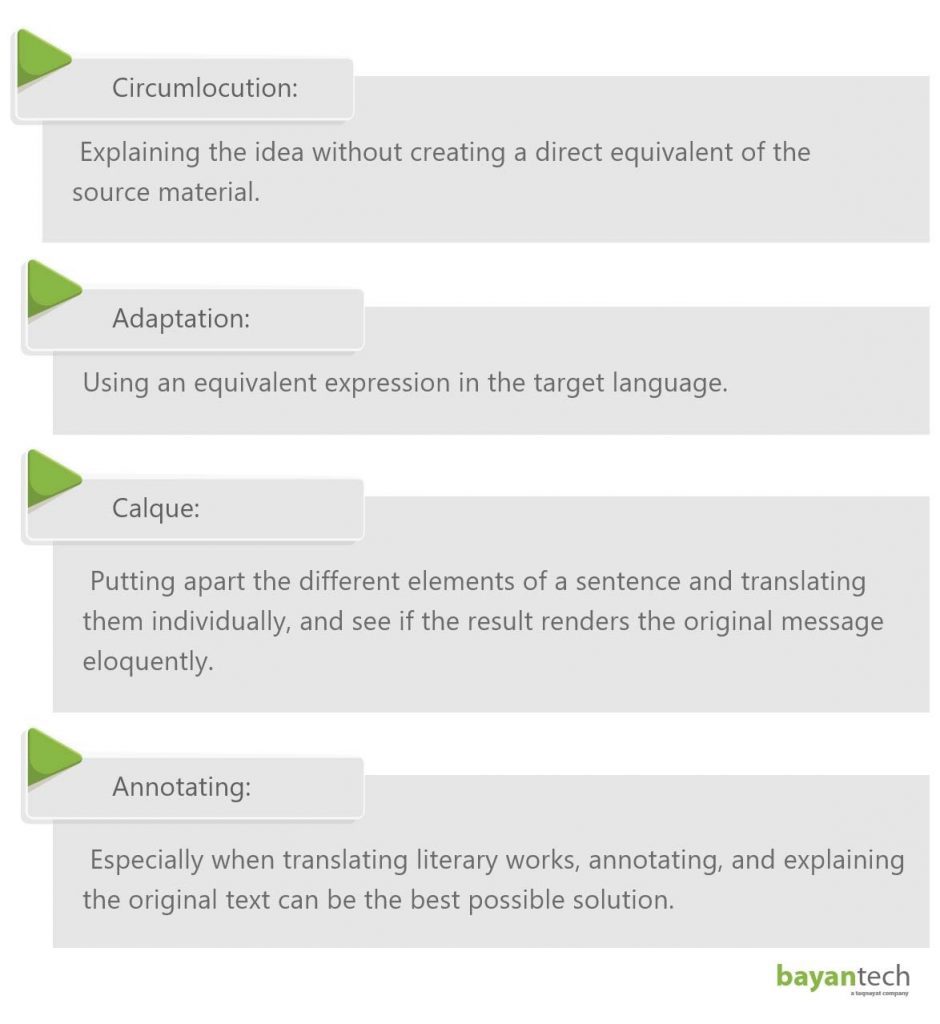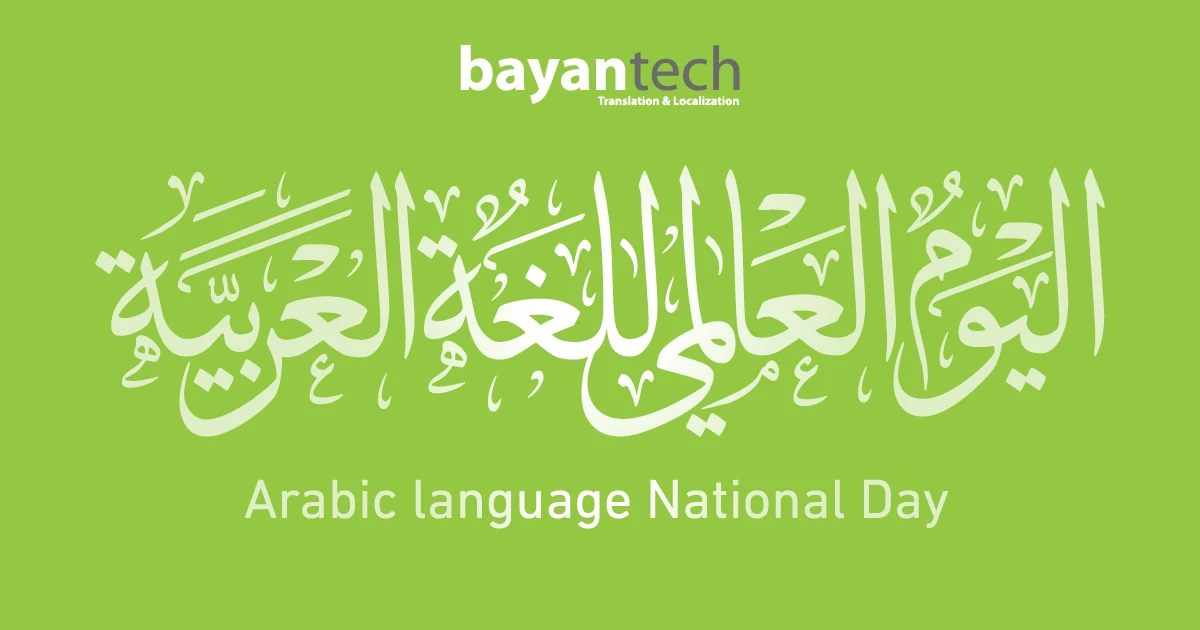In our hyper-connected and globalized world, translation services play a key role across industries. The need for translation services is on the rise, and the results are visible. According to a 2019 study, over the last decade, the global translation services industry has doubled in size.
In previous posts, we extensively covered the meaning and impact of translation as a discipline. Language translation consists of rendering a message into another language. But, how do we produce a translation, to begin with? How does the language translation process unfold?
For good results, the translator should bring more to the table than just linguistic proficiency. Contextual knowledge of the source material, subject area knowledge, and a trained eye for detail are a must. Having a language translation process that facilitates and potentiates these qualities is key. The process of translation in linguistics may appear simple, but it requires a very particular skill set.
Nowadays, we have access to machine translation. The machine translation market is diverse, with products with very different degrees of complexity and output quality. But, overall, automatic translation is marketed as an easy and cheap solution to any translation need.
While machine translation can produce a base for translators to work upon or automate repetitive tasks, it isn’t reliable. Much of translation work is about finding a culturally evocative way of conveying a message. It’s about cultural translation, not just literal, direct word-by-word rephrasing. Behind a perfect translation, there’s always a group of highly-trained human professionals.
Luckily, many people, businesses, and institutions turn to a translation agency to adapt their most sensitive material. Every company has requirements, processes, and tools for the translators to provide a service that meets client expectations.
In this post, we’ll share the 7 language translation process steps that professional translators and translation services usually follow to produce high-quality work.
1. Initial Evaluation
Before the language translation process even begins, the account manager of the translation agency will receive the client’s source files and make a quote.
Once the quote is accepted and the scope of the work is determined, reasonably, the translator will need to have an initial read of the document at hand. In this stage, the translator will begin to understand the specific qualities and goals of the material at hand.
Understanding all of these aspects can help the linguist make the right decisions when dealing with vague or ambiguous passages.
2. Recognizing Potential Challenges
The second step of the language translation process is to recognize and address the terms and phrases that may be challenging to translate. There are many reasons why terms or phrases may be hard to elucidate.
For instance, there could be idioms or cultural references that are culturally untranslatable. Or, the material’s author may have a very complex prose style. Discipline-specific terminology could also be challenging, even if the translator is a subject-area specialist – which any reputable language services provider will ensure.
There are some common strategies to solve the problem of having “untranslatable” phrases in your original text.
It may be useful for the translator to research how his or her colleagues have dealt with these crossroads in the past. If challenging terminology and phrasing are recurrent throughout the text, there are some tools we can use to make sure we translate them accurately and consistently. We’ll take a closer look at glossaries and translation memories when explaining the core step of the language translation process: The translation itself.
3. Translation
After reading and evaluating the document, linguists can start with the translation itself. The translator is the first linguist to work on the source text. Since the translation of the text is the most time-consuming part of the process, the translator must use his or her time efficiently as to not delay the rest of the process.
This step is usually facilitated by computer-assisted translation tools. CAT tools allow the translator to easily manage translation projects and source materials, as well as approach these projects in an organized and detail-oriented manner.
CAT tools include translation memories. The translation memory (TM) is a database with translated words or phrases that can be reused. Translation memories and glossaries minimize the time that the linguist will spend on tacking specific terms. They also help ensure the translation’s consistency.
4. Editing
Even if the translation is thorough and precise, the insight of an editor will be essential. The editor is responsible for guaranteeing the quality of the translated text. The result of a translation doesn’t just have to be faithful to the original. It also has to be of the same quality as the original. Does the text meet the requirements of the style guide? Were the words chosen well? Are the terms used correctly? These are the questions the editor should ask him or herself to start working on the text.
An editor will review the grammar, spelling, and structuring of the translation, but he or she will also be concerned by broader aspects of the work. For instance, when dealing with the translation of a short story, the editor will ensure that the translated text reflects the prose style of the original.
The role of the editor is fundamental because they make sure that the text meets project expectations. For instance, when translating a news wire, the editor will ensure that the translator’s word choices resulted in a sharp, sober, correct, understandable, and consistent text. The editor is a “second pair of eyes” that takes a look at the text, considers it as a whole, and somehow represents the goals and interests of the client, guiding the translator towards the right creative choices.
5. Formatting
The translation should be equivalent to the source material. It should convey the same meaning and serve the same function. Therefore, translation often involves formatting the new text so it looks and feels like the original. This step is crucial when translating documents and ebooks. And it takes on new importance in localization projects.
A language services provider (or LSP) will often count on graphic designers and desktop publishing professionals to help them handle the translations’ formatting. Graphic designers and desktop publishing specialists will take the source material’s visual structure and recreate it for the new, translated version.
When working with documents like diplomas or licenses, this process may involve creating a copy of the source material, erasing its original information, and directly replacing it. In marketing projects, on the other hand, the client will often be able to produce an editable version of the material, making the LSP’s work easier and guaranteeing high-quality results.
Sign up to our newsletter to receive the latest blogs and news
6. Proofreading & Quality Assurance
Proofreading is usually thought of as reading a text and looking for mistakes in it. While that is what proofreading entails, you may be wondering how it’s different from editing. Why is it a different step? Well, proofreading is the last step in the editing process. It’s a final revision of the properly formatted text to make sure that’s mistake-free and consistent.
While an editor will make sure that the translation is of good quality, meets business goals, and is faithful to the original, the proofreader will ensure that the final formatted text is of good quality. If, for instance, the translation had to be integrated into the design of a brochure, the handling of the text may have produced its own type of errors. For instance, cut out or poorly distributed content.
7. Final QA and Delivery
The last step before delivering the document is a final reading. Even if the editor has reviewed the translated material and found it satisfactory, and the proofreader green-lighted the formatted translation, it’s important to revise it one last time to avoid any mistakes or shortcomings. If the final document has an error, the proofreaders will notify the project manager to send the text back to the editor, translator, or designer. Consequently, they should correct the errors and send the document back for further revisions.
Quality assurance (QA) is the management of all aspects and activities to ensure that the translated document meets the highest quality standards. The document must go through several stages to achieve optimal results in the translation. If all steps have been carried out correctly, good quality will be guaranteed. Quality control, on the other hand, is a set of measures that are fundamental to ensure that the output is satisfactory on two fronts: Meeting the company’s internal quality standards and meeting the client’s requirements.
To those in the translation and localization industry, the differences between editing, proofreading, QA, and QC are obvious. But, it’s understandable when people get confused. So, here’s a breakdown on the differences between these terms and their role in the translation process.
The editing stage will focus on the quality of the translation as a text. The proofreading stage will ensure that the text is properly integrated into its final format (ebook, brochure, etcetera) and that the result does justice to the original. Quality Control will consider the final product, how perfectly it adheres to all the requirements, how well it serves its purpose, and whether something fell through the cracks during the earlier stages – and fixes it. Quality Assurance is an ongoing and constant process that underlays the language translation process, where everyone involved works to make sure that quality is maintained. Quality Assurance is built through every stage of the translation process – from planning through execution, from the translator’s word choices and self-editing to the last stage of revision before delivery, to reach the level of quality that the clients expect – the level of quality that a professional LSP must achieve.
In translation agencies such as bayantech, QA is in the hands of the project manager (PM). The PM is responsible for the entire process, planning, execution, and quality assurance. The PM is also in charge of this final revision.
After ensuring that the text is perfect, the PM will deliver the finished document to the client. Depending on the text and the client’s requirements, the translation may be sent via email or through other means. In many translation agencies, the client can comment and suggest corrections of the terminology and style used in the final translation of the text. Customer feedback is very significant to improve teamwork and to maintain good quality services.
Conclusions
In this post, we took a look at the language translation process. The idea that translators’ jobs are at a high risk of automation is fairly common. If we search “will translators be replaced by computers” on Google, we’ll find 345 million results. But, taking a look at the language translation process, the fact that translation involves more than word-by-word conversion becomes self-evident.
In recent years, the demand for translation companies has grown considerably. They have become indispensable for expanding companies, internationally active institutions, and migrants alike. To produce translations that effectively build cross-cultural bridges, an experienced translation company counts on a team that works carefully to achieve each client’s objectives.
Table of Contents
Create Translations that Maximize Your Global Impact











